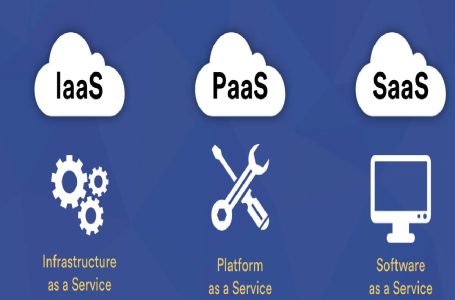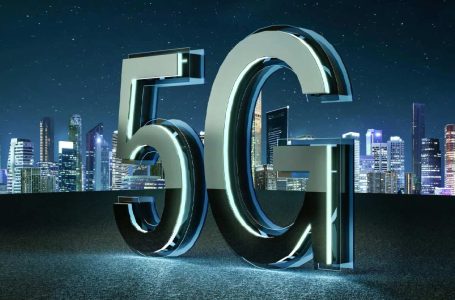How many could you tell me if I ask you about Internet types? Yes, Fiber, Adsl, and 6G are perhaps some of the best-known. However, there are many more, and their connection speeds are different.
What is internet connection?
An internet connection refers to the link or communication pathway that allows your computer, smartphone, or other internet-enabled devices to access the internet and exchange data with other devices and servers on the World Wide Web. In simpler terms, it’s how you connect to the internet to browse websites, send emails, stream videos, and perform various online activities.
The different types of the Internet you can hire.
The evolution of the Internet has given way to the fact that today there are many types of connection. Some go by cable, while others arrive directly without needing physical means. Next, we will show you the kinds of the Internet you can hire. Aim!
Adsl or Digital Network
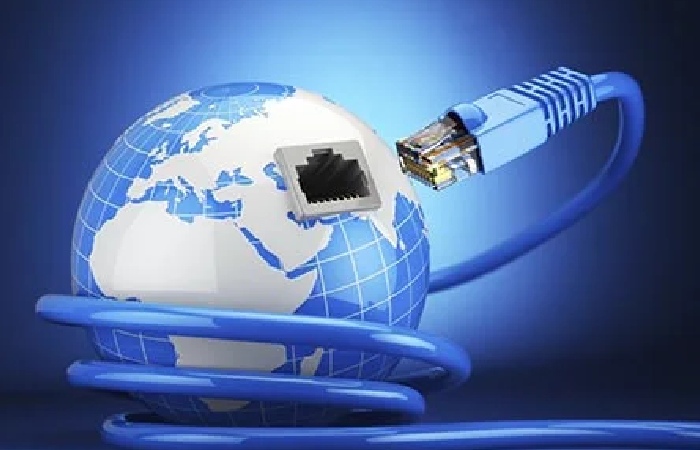
Until the advent of fiber optic Internet, ADSL (Asymmetric Digital Subscriber Line) was the most widespread method to bring the network to all homes and businesses. For its operation, it takes advantage of RTB and ISDN connections. Today, it is still an excellent option for many users; however, it is increasingly far from fiber in performance. For example, the speeds are lower and somewhat more unstable, being able to offer a maximum of 30 Mbps.
Fiber Optics
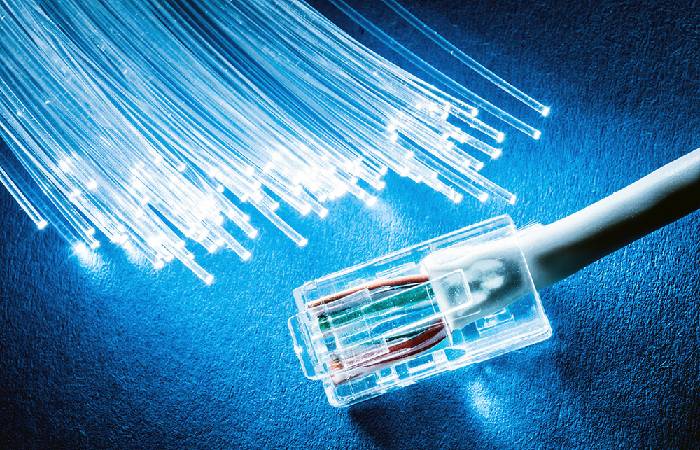
This is the most widespread type of Internet connection for home and office. It arrives through an installation of fiber optic cables. It can encode more information, reach high speeds without cuts, and have the same download quality as upload. In addition, it does not suffer from interference, as it does with other transmission systems. In the case of fiber optic Internet, it can offer speeds of up to 1 Gbps.
Satellite Internet
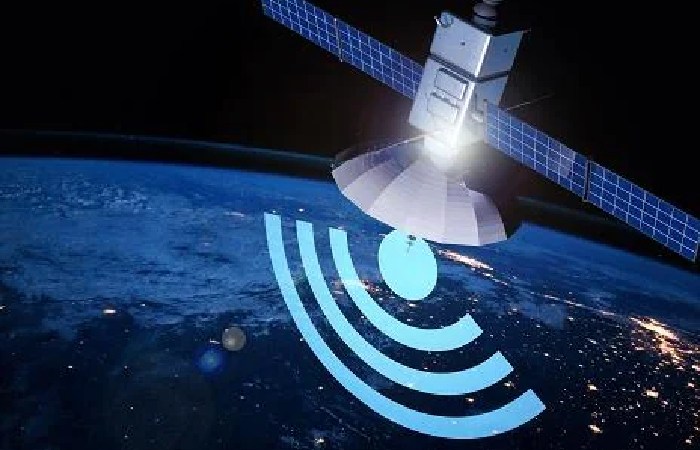
This type of Internet is probably the best option to enjoy connection in the most remote places. For example, it is widespread to use this type of Internet in isolated areas, villages, mountains, and valleys … Although it is a solution, it has significant disadvantages. One is latency, the time that passes from when you send your search until it reaches the satellite, and then it sends the answer. In addition, it requires the installation of specific devices, such as a receiving antenna and other elements, to capture the signal.
Wireless networks
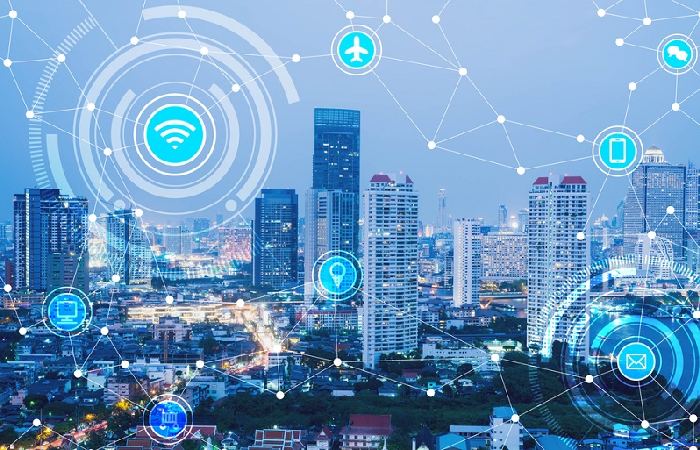
Wireless Internet is an excellent option if you do not have infrastructure that allows fiber or ADSL connection. It is widely used in remote villages and other places with no such facilities. This section finds the LMDS, PLC, or the most famous, WIMAX.
The Internet connection occurs employing radio waves or infrared radio luminous signals. The operation is fluid, and the result is outstanding. It can reach speeds of up to 1 GB.
ISDN Digital Network
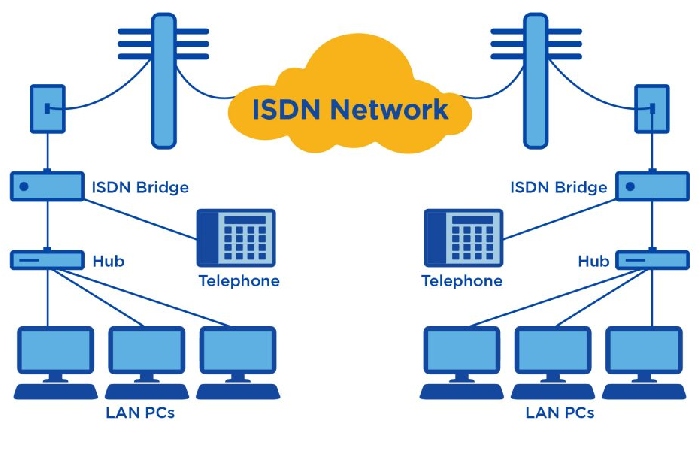
It is currently in disuse, but the Digital Network was widely used some time ago. This type of Internet used a network adapter for connection, although it did not reach incredible speeds.
PSTN (Switched Telephone Network
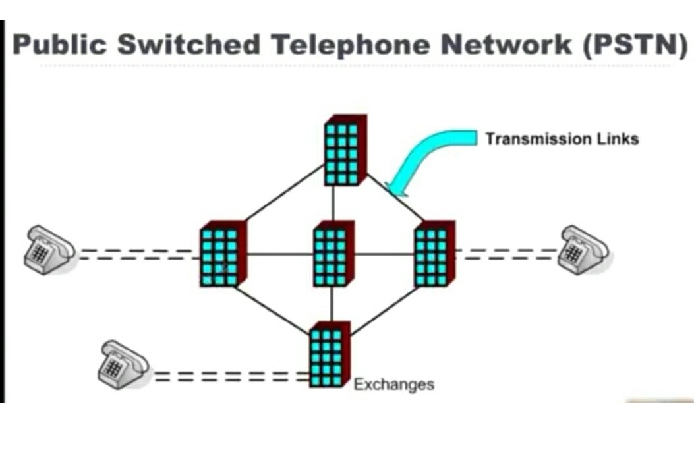
Although this type of Internet is hardly used today, it is worth remembering. The RTC took advantage of the primary telephone network. Therefore, it did not need any installation. However, its speed was minimal and took a long time to load.
Mobile
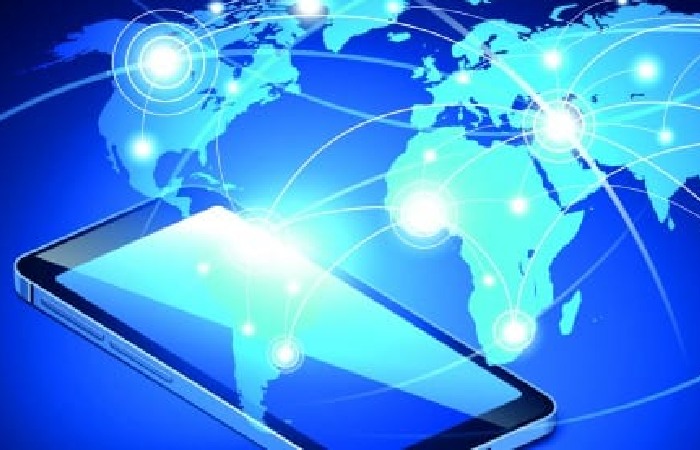
Finally, we would have to highlight mobile telephony. This connection has advanced from GMS, GPRS, 4G, 5G and very soon to 6G. That is why we have a special section for the different types of mobile networks.
Have you guessed all the types of the Internet that exist? The most common are fiber and Adsl. But your choice will all depend on your coverage or the internet speed you need.
However, if you see that your Internet is slow, we recommend that you take the Mister Comparador Speed Test, where in addition to knowing your speed, you can also know other offers that will improve your connection, if applicable.
Choose the rate best suits your circumstances or use one of the alternatives we have shown you. As you have seen, you can enjoy the Internet to the fullest in your home, even in the most remote places.
Conclusion:
The choice of an internet connection depends on factors such as your location, budget, and the level of performance you require for your online activities. Broadband connections (DSL, cable, and fiber-optic) are generally preferred for urban and suburban areas due to their high speeds and reliability. Wi-Fi is widely used for in-home and office networking, providing flexibility and convenience.
Dial-up is obsolete mainly due to slow speeds and phone line tie-ups. Satellite and fixed wireless options are helpful for remote areas where wired connections are impractical but can be affected by latency and data caps.
Fiber-optic connections are the gold standard for speed and reliability but may not be available everywhere and can be more expensive. Mobile data (3G, 4G, 5G) is essential for on-the-go connectivity but may have data limitations and can be affected by network congestion.
Ultimately, choosing an internet connection should be based on your needs and location, balancing factors like speed, cost, and accessibility. It’s essential to research available options and providers in your area to make an informed decision.

